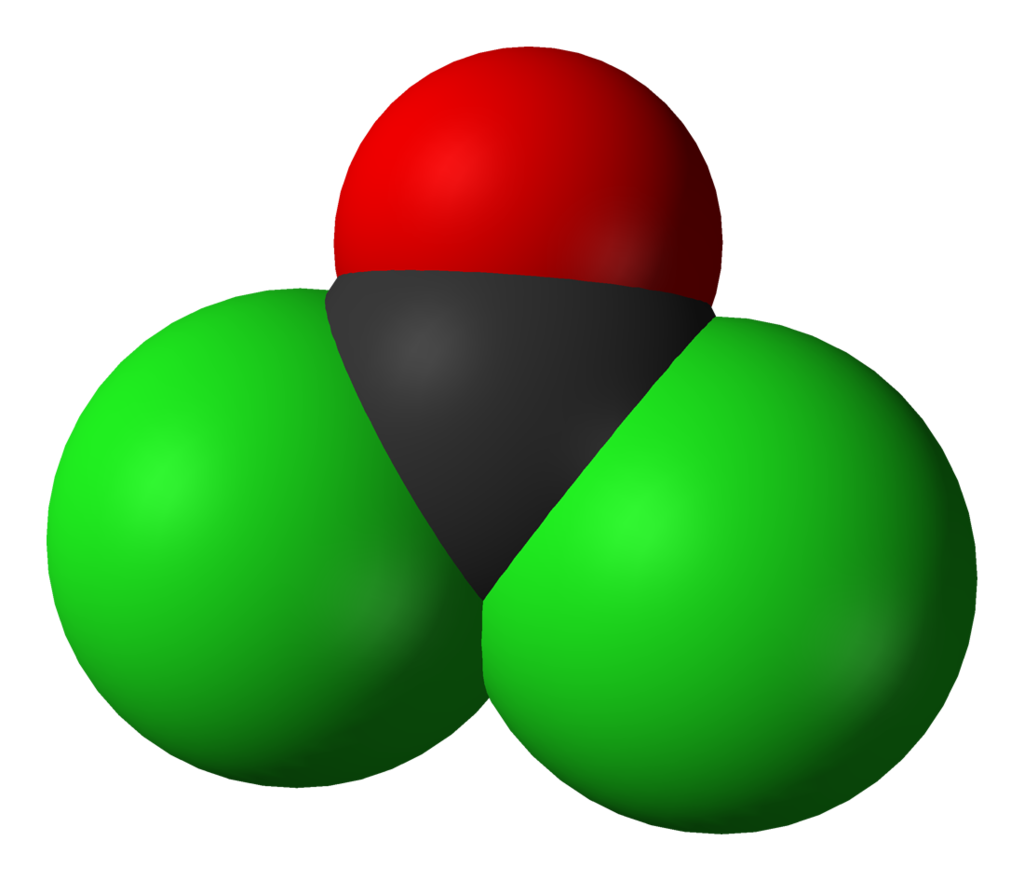Phosgene, known by its chemical formula COCl2 or CCl2O, is a colorless gas or low-boiling, volatile liquid. Despite its lack of immediate irritation, phosgene is highly toxic and poses severe health risks upon exposure. This compound has been historically used in chemical warfare and is commonly found in chemical laboratories and pesticides.
Properties of Phosgene
- Chemical Formula: COCl2; CCl2O
- CAS Number: 75-44-5
- Vapor Pressure: 1.6 atm
- Water Solubility: Slightly Soluble, may react
- Flammability: Non-Flammable
- Odor: Musty Hay
Health Risks Associated with Phosgene Exposure
Phosgene exposure can lead to various health issues, ranging from irritation to respiratory damage and even death. Symptoms of exposure include:
- Irritation
- Vomiting
- Foamy Sputum
- Dyspnea (Difficulty Breathing)
- Respiratory Damage
- Death
Safety Measures and Regulations
Given its hazardous nature, strict regulations govern the handling and exposure limits of phosgene. Regulatory bodies like the EPA, OSHA, and NIOSH have established exposure limits and guidelines to ensure worker safety. Some key regulations include:
- AEGL-1, AEGL-2, and AEGL-3 levels set by the EPA
- TWA (Time-Weighted Average) limits established by OSHA and NIOSH
Measuring and Monitoring Phosgene
Accurate measurement and monitoring of phosgene concentration are essential for ensuring workplace safety. Phosgene concentration in the air is typically measured in parts per million (ppm). Various monitoring devices, both portable and fixed, are available for this purpose. These devices offer digital communication capabilities for easy monitoring and control, enhancing safety in industrial settings.
All of those units can be found here: https://www.gas-sensing.com/information/phosgene
Conclusion
Phosgene is a potent chemical compound with significant industrial applications but comes with inherent risks to human health and safety. Understanding its properties, health risks, and regulatory guidelines is crucial for mitigating these risks and ensuring a safe working environment. By implementing proper safety measures and utilizing reliable monitoring equipment, industries can effectively manage phosgene exposure and safeguard their workers’ well-being.

